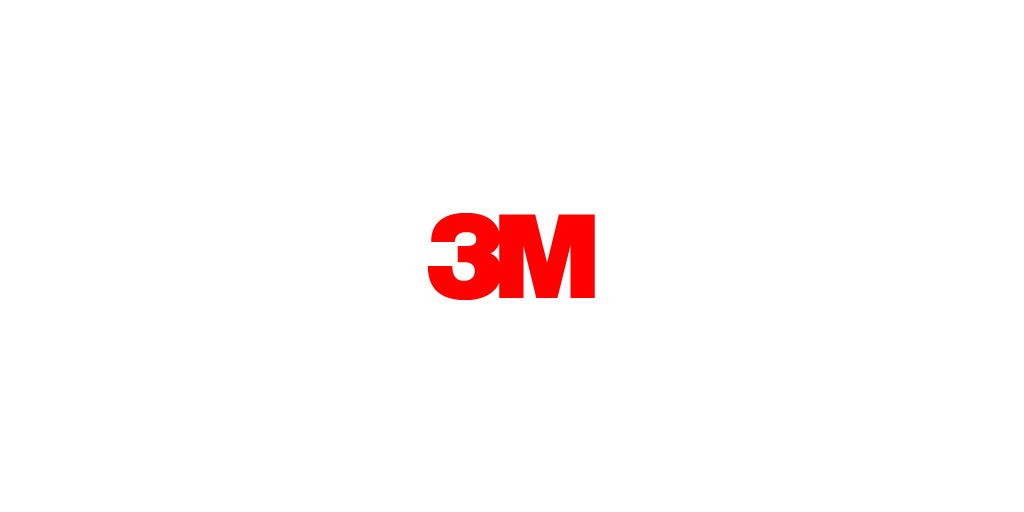by Hubert Marleau, Market Economist, Palos Management
December 15, 2023
According to the November Survey of Consumer Expectations, conducted by the NY Fed, median inflation expectations declined to 3.4% at the one-year-ahead horizon, the lowest reading of the series since April 2021.The Adobe Digital Price Index, too, was 3.64% lower in November than the prior months, with the annual inflation rate at -6.43%. Unsurprisingly, and with the help of falling gas prices, headline CPI ticked down to 3.1% y/y, with the 3-and 6-month annualised rate 1.6% and 2.8% respectively; while headline and core inflation rates excluding shelter were only 1.4% and 2.1% y/y, respectively through November. US producer prices were flat from October, up just 0.9 y/y, and prices for imported goods down 0.4% m/m, 6.0% y/y, making the trajectory for the disinflation narrative increasingly credible.
The read-through to consumer price growth is most encouraging, because many components of these indices plug neatly into the Fed’s preferred inflation gauge. Indeed, Milton Friedman’s monetary theory lives on. The contraction in the money supply, which started in July 2022 should not only prevent a new inflation wave from happening, but also keep the pullback in consumers’ near-term inflation expectations intact. In fact, consumers’ perceived probability of losing their job has risen, and of finding a job decreased. Bond speculators are predicting that in one year’s time consumer inflation will run at the annual rate of 1.8%.
The Fed Pivots Toward a Happy New Year
The aforementioned background gives absolute credibility to the idea that the Fed could soon begin to unwind its tightest monetary stance in a generation. Swap traders say May 3 will be “pivot day,” insisting that lowering nominal rates to hold real rates steady as inflation falls is absolutely necessary to normalise monetary policy and, in turn, to secure a soft landing, which is about to become a national priority. The yield on 2-year notes, which is highly sensitive to monetary policy, fell 75 bps to 3.97%.
Powell did not push back at investors' predictions and was not tight-lipped about when and by how much rates could be cut, saying that the central bank was now at the point where both mandates were important. He agreed during the press conference that the hard part is over, but was unwilling to admit victory in contrast to the ECB’s Christine Lagarde, who did not rule out a 1.5 percentage point of interest-rate cuts in 2024. That sounds like the “Veuve Clicquot” is on ice. In the U.S., meanwhile, there is a bit of a mystery about the stickiness of core inflation, requiring clearer evidence of weakening labour markets. A lot of progress has been made, but core prices, which exclude food and energy, rose 0.3% m/m, and were up 4.0% from a year earlier. That is 2.0% less than it was a year ago, but it needs to fall even more to declare victory.
Revised projections still don’t see inflation hitting 2% until 2026. In this connection, the Feds decided to err vocally on the side of tightness, even though they openly believe they’re done for this cycle, leaving the policy rate unchanged at 5.38%. This is still considerably above the neutral rate, however, their excuse being a combination of high shelter costs and a low unemployment rate.
Nonetheless, the Fed appears ready to backstop the economy. I suspect that they would easily turn on a dime, for nobody wants to see the economy get rear-ended. While I acknowledge that shelter costs are out of range to satisfy them, being up an annualised 7% since June last year, setting policy for just one component of inflation, says Andrews Lees of MacroStrategy, seems risky when inflation excluding that one component has been about 40% below target for nearly 18 months and is now turning into deflation.
Interestingly, a new measure from the Labor Department - the new tenant rent index - which measures what new renters, a leading indicator, would pay - was up 2.7% y/y versus the 6.9% y/y increase that renters are actually paying, a lagging indicator. In this respect, shelter inflation should fall sharply over the coming year. Researchers at Penn State University have a live model of inflation adjusted using real-time market rental data. It shows that core inflation is already back to target.
The Fed has definitely entered the last leg of the inflation fight, delivering a dovish pause, responding somewhat positively to the clamouring on Wall Street and Washington for rate cuts and turning shrieking hawks into cooing doves, while keeping options open, thereby telegraphing that inflation remains elevated and its work is not completely done, but acknowledging the end of the tightening cycle
The monetary authorities did offer new forecasts, sketching out the parameters and timing under which they would consider cuts. Based on predictions of lower inflation with a minimal increase in the unemployment rate without a recession but below potential growth, the Fed dot plot flagged 3 quarter-point rate cuts in 2024, ending the federal-funds rate at 4.625% in a year’s time. Powell insisted that the aggregate expectation was not about a weak economy. He’s right. As of December 14, the Fed’s Dallas Weekly Economic Index (WEI) posted a 2.4% GDP growth for Q4; the Atlanta Fed’s NowCasting model signalled a 2.6% increase; and the NY Fed’s staff model estimate was 2.2%.
The reality is that the Fed's pivot is a reflection of the need for normalisation of growth and progress of all three major components of inflation - goods, shelter and services, and of prudence to tilt before it's too late. In this connection, Goldman Sachs revamped its outlook for the Fed’s monetary stance, foreseeing a steady course of 6 rate cuts, beginning in March and stopping when the target range reaches 3.25% to 3.5% in 2025, where the neutral rate lies.
Buy the Dips
With Wednesday’s broad rally, widening from the Magnificent Seven, the S&P 500 jumped 2.5%, ending the week at 4720, only 1.5% from a new all-time high of 4797 reached in January 2022. For once, the market treated good news as good news, perhaps reflecting a regime change in the conduct of monetary execution from a nominal rate policy regime to a real rate one, permitting the Fed to reduce monetary restrictions on the economy before the 2% inflation target is achieved. This has reduced left-tail recession risks and raised the right-tail chance of a soft landing. So we’ve had a melt-up in both bond and stock prices over the past month, with 10-year Treasury yields plunging 100 bps to 3.95% and the S&P 500 earning yields falling 75 bps to 5.30%.
However, the Skew Index, which is a measure of potential risk in the financial markets, rose to 183 from 130 on December 7 - near a record high - suggesting that not all traders had bought this optimism, thinking that the euphoria may exhaust the market. Give the market an inch and it will take a mile, especially when rallies are off lows: there are always bears out there somewhere. From a contrarian perspective, rallies from new highs are normally tougher, the performance of the S&P 500 having beaten all 2023 forecasts, even the more optimistic ones.
Nonetheless, I’m siding with Ed Yardeni of Yardeni Research, Tom Lee, ever-bullish strategist at Fundstrat, and Oppenheimer, all of whom hold forecasts of 5200+ for the S&P 500 in 2024. Money market funds have ballooned by $1.1 trillion in 2023, registering an annual increase of 20%, a situation which has produced a key systemic backstop at this juncture that could serve 3 purposes in 2024, generating a hell of a lot of interest income, preventing a liquidity squeeze from happening and freeing plenty of dry powder to buy equities. Thus I suggest that new purchases of your favourite stocks should be made when the market dips.
P.S. The next letter is due December 29.
Copyright © Palos Management















